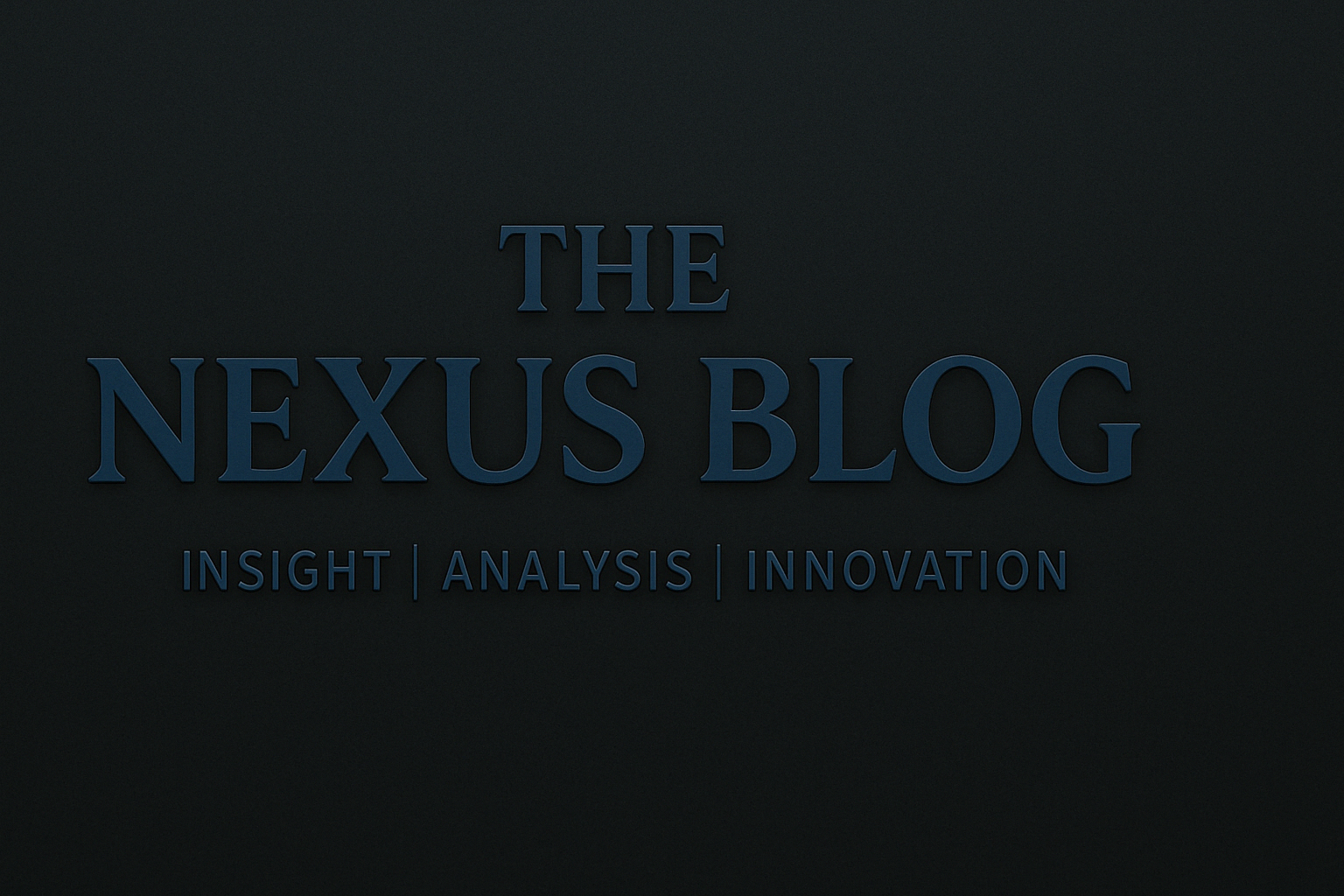Beyond the Wiretap: Reassessing Surveillance and Civil Liberties in the Post-9/11 Era
05/10/25
Beyond the Wiretap: Reassessing Surveillance and Civil Liberties in the Post-9/11 Era
🕵️♂️ Surveillance was once a scalpel. Today it is a dragnet. And Americans are increasingly questioning who holds that net—and what they do with what they catch.
Following the 9/11 attacks, Congress enacted the USA PATRIOT Act, expanding the government’s surveillance capabilities at a pace unmatched since the Cold War. Central to these changes was the increased use of National Security Letters (NSLs), tools that allow the FBI to demand data from institutions without judicial oversight. Once a rare, surgical instrument used in tightly defined counterintelligence operations, NSLs ballooned into a preferred method of bulk data acquisition from banks, libraries, telecoms, and more.
While designed to respond quickly to emerging terror threats, these capabilities sparked immediate constitutional concerns. Were they consistent with the First and Fourth Amendments? Were American citizens being surveilled without cause—or recourse?
The answer is complicated.
⸻
The Legal Engine Behind Modern Surveillance
The Foreign Intelligence Surveillance Act (FISA), passed in 1978, was originally created to limit executive overreach in intelligence collection. Following revelations of warrantless spying on activists and journalists during the Nixon administration, Congress built a judicial oversight framework into FISA, including the Foreign Intelligence Surveillance Court (FISC).
But by 2001, that framework seemed outdated. Terrorist threats were transnational, non-state, and digitally agile. Congress responded with Section 215 of the PATRIOT Act (for metadata collection) and Section 505 (expanding NSL use). Later amendments introduced Section 702 of FISA, permitting warrantless surveillance of foreigners abroad—including those communicating with Americans.
What followed was a steady erosion of traditional privacy boundaries. As Kim Taipale noted, packet-based communications and the globalization of internet infrastructure made it nearly impossible to distinguish foreign from domestic traffic at the technical level. The once-clear lines of legal authority began to blur.
⸻
Security vs. Liberty: A False Binary
Contrary to political framing, this is not a zero-sum game between privacy and protection. Surveillance isn’t inherently unconstitutional—but it demands oversight and transparency. When NSLs include indefinite gag orders and bulk metadata programs circumvent warrant requirements, the legitimacy of the intelligence apparatus suffers. Even the intelligence community has admitted the need for reform. The Department of Justice’s Inspector General criticized the FBI for misusing NSLs in the mid-2000s.
Across the Atlantic, the UK’s GCHQ faced similar backlash after the Snowden disclosures. In 2018, the European Court of Human Rights found that the UK’s bulk data regime violated privacy protections due to a lack of oversight. History echoes here, from the postal espionage scandal of 1844 to today’s Facebook-era mass surveillance.
⸻
A Way Forward: Recalibrating the Intelligence-Liberty Balance
The tools of modern surveillance aren’t going away—but neither should the principles they risk undermining.
To restore equilibrium, the U.S. must:
1. Modernize FISA to reflect technical realities without sacrificing oversight;
2. Restrict NSLs with tighter standards and judicial review;
3. Limit secrecy where public accountability is feasible and necessary;
4. Codify data minimization and retention limits to protect incidental U.S. person information.
Ultimately, democratic legitimacy hinges on consent—something that cannot exist in the dark.

